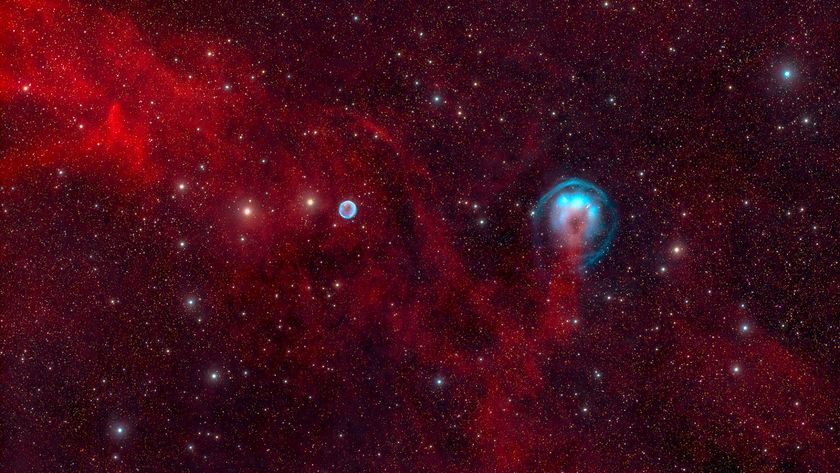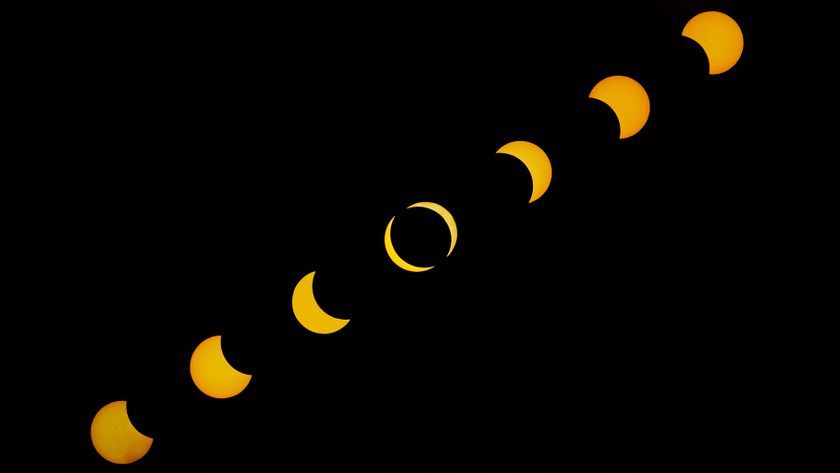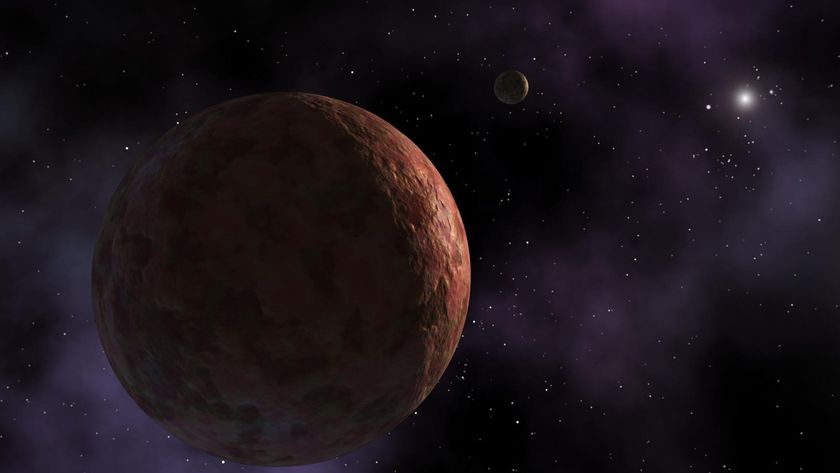
Astronomy is the oldest of the sciences, and quite possiblythe oldest use of astronomy is navigating by the stars. This craft dates fromprehistoric times among humans, and is even practiced by certain animals.
For example, during the 1960s, a study undertaken by New York's Cornell Lab of Ornithology demonstratedthrough use of planetarium simulations that the indigo bunting, a brilliantly blue bird of old fields and roadsides, migratesat night using the stars for guidance. It learns its orientation tothe night sky from its experience as a young bird observing the stars.
Some primitive tribesaccomplished amazing feats of pathfinding using only the sky as their guide.The Māori came to New Zealand from eastern Polynesia, probably in several waves between the years 1280 to 1300. With no instruments ortables to consult, they very carefully observed the night sky as well localweather patterns and ocean currents.
Relying on the stars
In today's modern world, private andcommercial aircraft depend on a complex network of radio, satellite, inertialand other navigationsystems. But should any or all of these systems fail, the starry sky canserve as the last resort.
As the late Henry Neeley, a popular lecturerat New York's Hayden Planetarium during the 1950s once noted: "Thenavigational use of the stars will continue to be a valuable asset for manyyears to come. In spite of all the scientific aids that have been developed todo the navigating by robot science, the ancient stars will still be a 'must'for navigator or pilot." Indeed, celestial navigation is still animportant part of a navigator's formal training and while we might immediatelythink of sailors in this regard, the pilot of an aircraft can also sight on thestars in an emergency (and often with an advantage over sailors, being highabove any obscuring clouds). [By day, ancient mariners used sundialsto navigate.]
The Nautical Almanac and Air Almanac arespecial annual publications printed both in the United States and the United Kingdom and describes the positions and movements of celestial bodies for thepurpose of enabling navigators to use celestial navigation to determine theposition of their ship or aircraft including the sun, moon and planets.
Get the Space.com Newsletter
Breaking space news, the latest updates on rocket launches, skywatching events and more!
57 important stars
In addition, there is a standard roster of 57stars used by aviators and navigators worldwide and chosen for their ease ofidentification and wide spacing. A navigator would try to measure the altitudeof one of these stars above the horizon during twilight, when both the star andhorizon are visible. This yields a "circle of position" on theEarth's globe; the observer must be somewhere on this circle to see the star ata certain altitude at a given time. Other stars yield other circles ofposition. The point where they all intersect is the observer's location.
In order to be visible against atwilight sky, the majority of the 57 navigation stars are second magnitude orbrighter, although a few third magnitude stars were included on the list simplybecause they occupied regions where none brighter existed (the lower the figureof magnitude, the brighter the star).
Also, it was agreed that allthese stars should have proper names. But some stars in the far-southern skylacked such monikers, so after World War II names such as Acrux, Gacrux andAtria appeared on navigators' charts ? contractions of the original Greek designationsfor these stars.
Lastly (and not to sound likeMaxwell Smart): Would you believe this official list omits what many mightconsider to be the most important navigational star in the sky? Yes, it's noneother than Polaris,the North Star!
Why? Merely because it liespractically on the celestial pole, so its altitude above the northern horizonalone pretty much indicates the observer's latitude, so there is no need toutilize it for the "circle of position" method described above.
- How Vikings Might Have Navigated on Cloudy Days
- History's Most Overlooked Mysteries
- How Weather Changed History
Joe Rao serves as an instructor and guest lecturer at New York's Hayden Planetarium. He writes about astronomy for The New York Times and otherpublications, and he is also an on-camera meteorologist for News 12 Westchester, New York.
Join our Space Forums to keep talking space on the latest missions, night sky and more! And if you have a news tip, correction or comment, let us know at: community@space.com.

Joe Rao is Space.com's skywatching columnist, as well as a veteran meteorologist and eclipse chaser who also serves as an instructor and guest lecturer at New York's Hayden Planetarium. He writes about astronomy for Natural History magazine, Sky & Telescope and other publications. Joe is an 8-time Emmy-nominated meteorologist who served the Putnam Valley region of New York for over 21 years. You can find him on Twitter and YouTube tracking lunar and solar eclipses, meteor showers and more. To find out Joe's latest project, visit him on Twitter.











